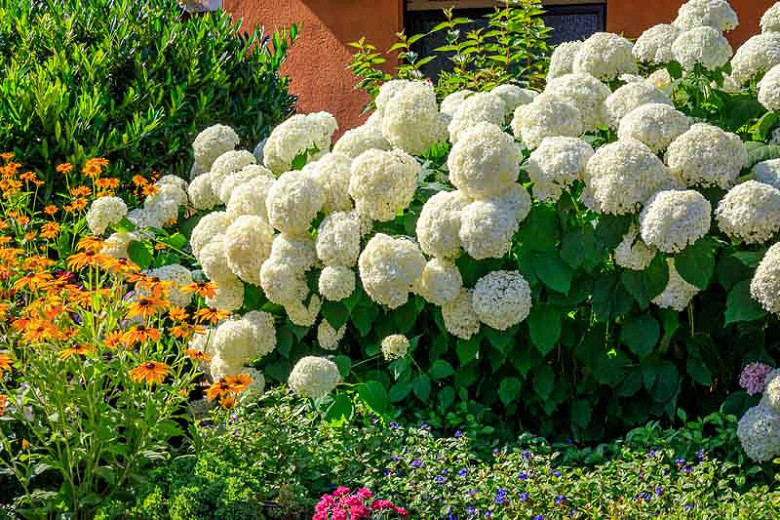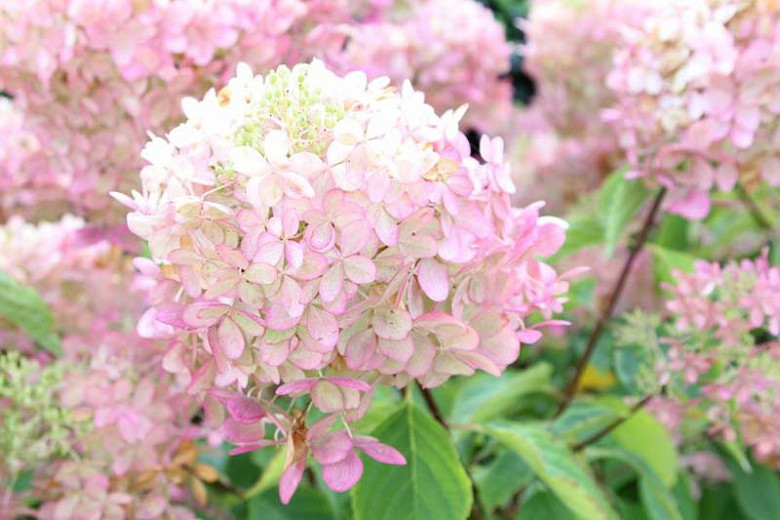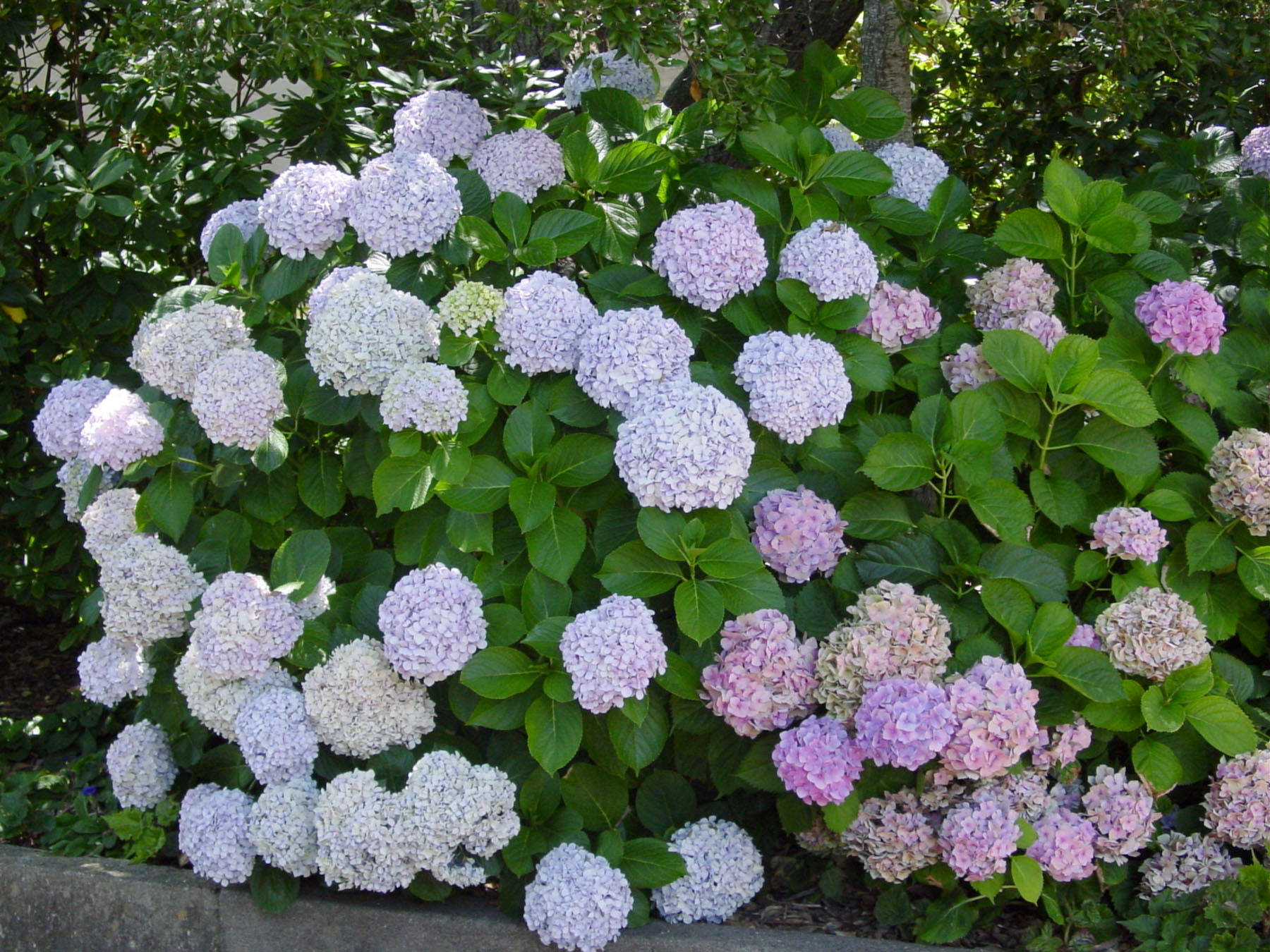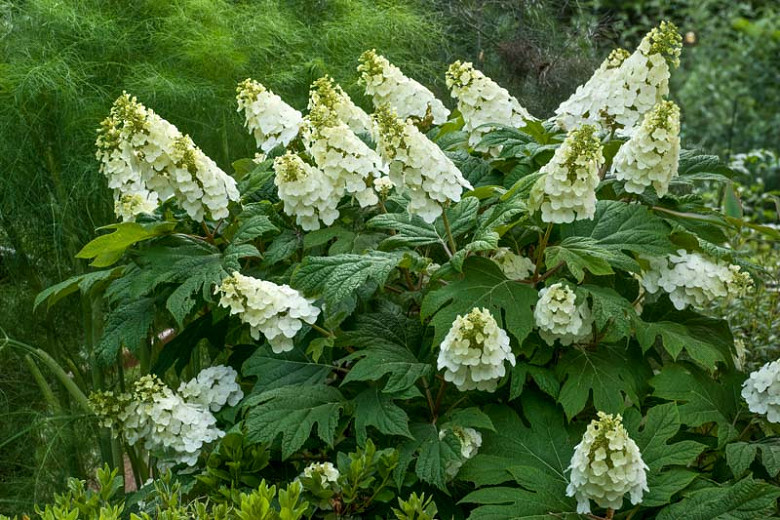Hardy Hydrangeas That Will Thrive In Your Garden
Hardy Hydrangeas That Will Thrive in Your Garden
Hydrangeas are some of the most popular flowering shrubs in the world, and for good reason. They come in a wide variety of colors, shapes, and sizes, and they can add a touch of elegance and beauty to any garden.
If you live in a cold climate, you may be wondering if hydrangeas can survive in your garden. The good news is that there are many hardy hydrangea varieties that will thrive in even the coldest winters.
In this blog post, we will discuss some of the most popular hardy hydrangeas, as well as tips on how to care for them.
What are Hardy Hydrangeas?
Hardy hydrangeas are varieties of hydrangeas that can withstand cold winters. They are typically native to colder regions of the world, such as North America and Asia.
Hardy hydrangeas are typically more resistant to pests and diseases than other types of hydrangeas. They are also more tolerant of shade, making them a good choice for gardens that receive limited sunlight.
Types of Hardy Hydrangeas
There are many different types of hardy hydrangeas available. Some of the most popular varieties include:
- Hydrangea arborescens (smooth hydrangea): This type of hydrangea is native to North America and is one of the hardiest hydrangeas available. It produces large, white flowers in the summer and fall.

- Hydrangea paniculata (panicle hydrangea): This type of hydrangea is also native to North America and is known for its large, cone-shaped flowers. Panicle hydrangeas can come in a variety of colors, including white, pink, and blue.

- Hydrangea macrophylla (bigleaf hydrangea): This type of hydrangea is not as hardy as the other two types, but it is still a popular choice for gardens in colder climates. Bigleaf hydrangeas produce large, mophead flowers in a variety of colors.

How to Care for Hardy Hydrangeas
Hardy hydrangeas are relatively easy to care for. They prefer moist, well-drained soil and full sun or partial shade.
In the spring, apply a balanced fertilizer to your hydrangeas. You may also want to mulch around the plants to help retain moisture and suppress weeds.
Deadhead spent flowers throughout the summer to encourage new blooms. In the fall, prune your hydrangeas to remove any dead or damaged branches.
With proper care, hardy hydrangeas can provide you with years of beautiful blooms.
If you're looking for a beautiful and hardy hydrangea to add to your garden, then you need to check out . This website has a wide variety of hardy hydrangeas to choose from, all of which are sure to thrive in your climate.
From mopheads to lacecaps, there's a hardy hydrangea for everyone at . And with so many different colors to choose from, you're sure to find the perfect hydrangea to complement your garden's existing color scheme.
But what really sets apart from other hydrangea websites is its commitment to providing its customers with the best possible information. The website's blog is full of helpful articles on hydrangea care, planting, and pruning. And if you have any questions, the website's friendly and knowledgeable customer service team is always happy to help.
So what are you waiting for? Visit today and learn more about the hardy hydrangeas that are perfect for your garden.
FAQ of hardy hydrangea
- What are hardy hydrangeas?
Hardy hydrangeas are a type of hydrangea that can withstand cold winters. They are typically grown in USDA hardiness zones 3-9. There are many different varieties of hardy hydrangeas, each with its own unique flower color and shape.
- Where should I plant hardy hydrangeas?
Hardy hydrangeas prefer to be planted in a location that receives partial to full sun. They also need well-drained soil. If you live in an area with hot summers, you may want to plant your hardy hydrangeas in a location that gets afternoon shade.
- How do I care for hardy hydrangeas?
Hardy hydrangeas are relatively easy to care for. They need to be watered regularly, especially during the first year after planting. You should also fertilize them once a year in the spring. In the fall, you can add a layer of mulch around the base of your hydrangeas to help protect their roots from the cold.
- Why are my hardy hydrangeas not blooming?
There are a few reasons why your hardy hydrangeas might not be blooming. One possibility is that they are not getting enough sunlight. Another possibility is that they are not getting enough water. If you have recently fertilized your hydrangeas, it is also possible that you used too much fertilizer. If you are unsure of why your hydrangeas are not blooming, you can consult with a local nursery or garden center.
- How do I change the color of my hardy hydrangeas?
The color of hardy hydrangeas is determined by the acidity of the soil. In acidic soil, hydrangeas will bloom blue. In alkaline soil, they will bloom pink. If you want to change the color of your hydrangeas, you can add aluminum sulfate to the soil to make it more acidic. You can also add lime to the soil to make it more alkaline.
Image of hardy hydrangea
5 different images of hardy hydrangea from pinterest.com:
- Hydrangea paniculata is a hardy hydrangea that can grow in USDA hardiness zones 3-9. It is known for its large, panicle-shaped flowers that bloom in white, pink, or blue.

- Hydrangea arborescens is another hardy hydrangea that can grow in USDA hardiness zones 3-9. It is known for its small, white flowers that bloom in clusters.

- Hydrangea quercifolia, also known as oakleaf hydrangea, is a hardy hydrangea that can grow in USDA hardiness zones 4-9. It is known for its large, lobed leaves and its white, pink, or blue flowers that bloom in summer.

- Hydrangea macrophylla is a hardy hydrangea that can grow in USDA hardiness zones 5-9. It is known for its large, round flowers that bloom in shades of blue, pink, or purple.

- Hydrangea serrata is a hardy hydrangea that can grow in USDA hardiness zones 4-9. It is known for its small, cup-shaped flowers that bloom in white, pink, or blue.

Post a Comment for " Hardy Hydrangeas That Will Thrive In Your Garden"